In mid-July, I was contacted by a journalist from New Orleans visiting SF, who asked if I could meet up for a possible interview surrounding Nob Hill history. Early one evening, I met up with him and his crew [they were treasure hunters!], and it sort of blew my mind when one of them showed me an article on his phone that I’d written for a newsletter in 2014 about the early–up to then unknown–history of the block that makes up Huntington Park today. While we ended up discussing a lot of fairly known histories surrounding the neighborhood (the Big Four, the Silver Barons, the pre-1906 mansions, the Crocker Spite Fence, etc.), one question burrowed into my brain: they wanted to know if the story about the tunnel between the Jewel Box house at 1021 California St. and the Pacific-Union Club/old Flood mansion at 1000 California St. was true. That evening, I told them I highly doubted that it was–given legends about SF tunnels in general–but then a few days later, still thinking about it, I started digging around. What I eventually came to realize, was how the legend started, and in my best estimation, how it through the years developed into the story told today.
To give you some context, in 2001, the owner of the Jewel Box (there’s a photo of the house below) told reporters that Herbert Law had built the home for his mistress, and that a tunnel was built under the home and under California Street to the Pacific-Union Club so that said mistress could be shuttled to-and-fro undetected. Furthermore, in this vein, the Nob Hill Gazette wrote more recently in 2017: “Law used the underground tunnels running beneath the streets to usher in mistresses he’d meet at the Pacific-Union Club across the street, allowing them an inconspicuous way to visit their paramour without being seen.”
FINDING A TUNNEL, 1940
On Friday, March 1, 1940, in an empty lot where the Crocker Garage is located today at 1045 California St., while “taking soundings in Nob Hill’s rock and earth for [the foundations of] a new hotel” [1]–which would have been the “largest private building project in SF since the late 20’s” [2]–engineers discovered “well below street level, a hidden passageway which apparently had lain, clogged and forgotten, for nearly half a century.” [3] Keep in mind, this report is quite sensational, for anyone wandering around this empty lot–which was already well below street level–could have located this tunnel; in other words, it didn’t take people sending soundings down into the earth to find it, etc.
Reported as being 150-feet long, about nine-feet wide, and almost nine-feet high: a straight shaft under California Street with a “ceiling tightly bricked in a vaulted arch,” [4] the tunnel at its north end supposedly stopped outside the engine room wall of the Pacific-Union Club/old Flood mansion (see photo from newspaper below). It seems clear that the reporter visited the library and consulted the diagram of the block from the old Sanborn insurance maps: that is, the only surviving block-by-block X-ray-like picture of pre-1906 San Francisco before the earthquake and fires. For when you align the pages along Mason Street–assuming it was indeed a pre-1906 tunnel–one could easily imagine (perhaps fancifully) the tunnel connecting the old Flood mansion to 1015 California St. across the street–destroyed in 1906–owned by Alexander Hamilton. [5] Coincidentally, 1015 California St. also happens to be the only house on the block noted as having a basement. [6] Therefore, we read that the south end of the tunnel originally emerged into a “catacomb of cellars under the Hamilton home.” [7]

“Why it was so placed, and by whom, were mysteries to which there was no answer,” pondered the Examiner in 1940. “Descendants and relatives of the two families [the Floods and the Hamiltons], and neighbors [the Ponds] who were reared on the historic hill in the [18]80’s and [18]90’s, knew nothing about it, and vowed they had never heard of it.” [8]
Nonetheless, after almost one-hundred years of secret tunnels under SF stories orally, a tunnel had actually been found. For my purposes here, it is important to mention how the reporter opens the story (keep in mind, this would have been read one day in 1940, perhaps discussed for a week, and then gone, no link to the story on the internet, etc. etc., in other words, this would have been the seed of today’s oral legend):
“An austere man in a beaver hat descends to the basement of his vast Nob Hill mansion. . . . He makes his way down a little used stone staircase hollowed from the rock and earth. . . . He emerges in a broad bricked tunnel, wide enough for a carriage, tall enough that even his high beaver hat clears the vaulted ceiling by two feet– For a full fifty yards he follows this tunnel, and emerges, at last, in the basement of another mansion.” [9]
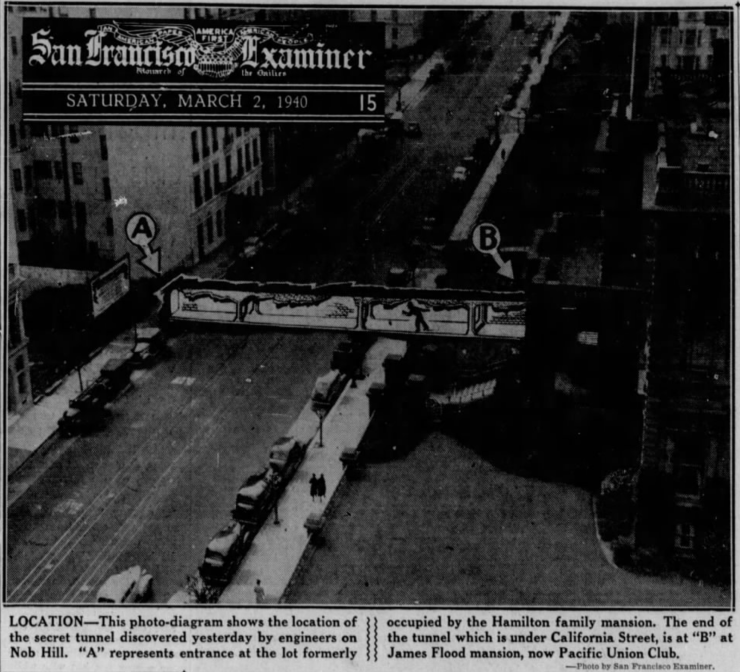
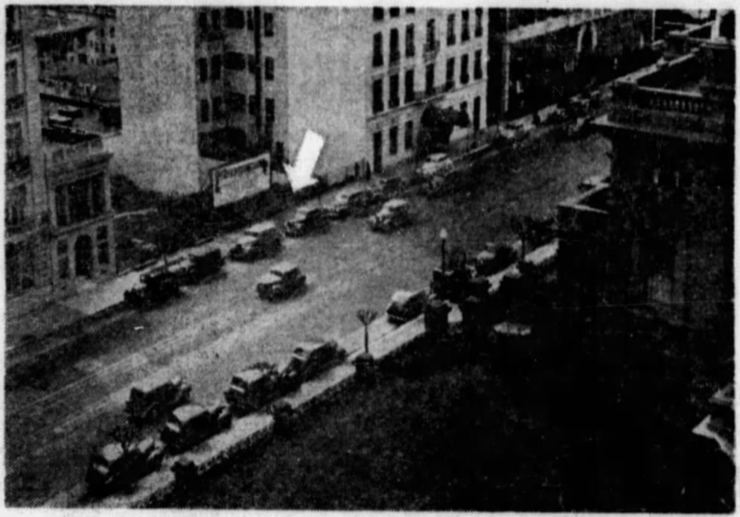
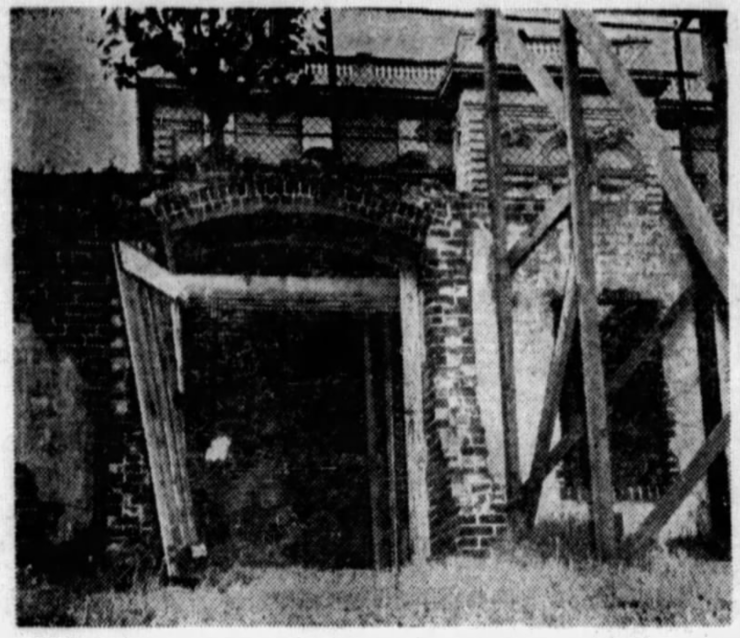
THE GROWTH OF A LEGEND
In 1965, twenty-five years after the Nob Hill tunnel was found, the Examiner ran a feature article titled, “The Secret Tunnels of San Francisco.” It started like this: “Imagine, if you will, a crinolined lady of the eighties–well, perhaps not quite a lady–descending a flight of stairs to her basement.
“She opens a door into a dimly-lit brick passageway that tunnels under the street. Emerging at the other end, she climbs another set of stairs, enters a private chamber, and is quickly wrapped in the arms of her lover, a well-known Nob Hill millionaire.
“Fantasy? Maybe–maybe not. The lady and her gentleman friend are certainly real enough. What makes the tale so intriguing is that part about the secret underground tunnel.
“For years now, people have been spinning yarns–usually on some dark lonely night when the fog is in, and the horns are blowing like a ghostly voice out of the past–about the network of mysterious tunnels that underlie San Francisco.” [10]
It’s interesting to compare the article in 1965 to 1940. While both are clearly imagined, the man entering the tunnel for whatever reason in 1940, has now become a “crinolined” lady who is descending stairs to her basement, to travel secretly through a tunnel for a tryst with an anonymous Nob Hill millionaire who lives across the street (and presumably bored the tunnel?). Furthermore, this lady is cheating on a husband, or is it that the millionaire is the only one cheating (“perhaps not quite a lady”)? While not exactly the 2017 story, it’s definitely getting closer.
Fast forward thirty-five more years, and a named person (Herbert Law) is attached to the legend, along with a house he built in 1911 (the Jewel Box) across from the PUC. The problem factually, is that if you look at the photos in the 1940 newspaper, the tunnel clearly had nothing to do with Herbert Law’s Jewel Box house. You can see it quite a ways down the street from where the tunnel was located. Personally, I think the reason Herbert Law eventually got attached to this legend is not simply because he had a house close-by where the tunnel was found in 1940, but also for unconscious reasons: Herbert Law–along with his brother, Hartland–was involved in the Nob Hill Tunnel Association, organized to dig the Stockton Tunnel–SF’s first major tunnel–in 1914/15.
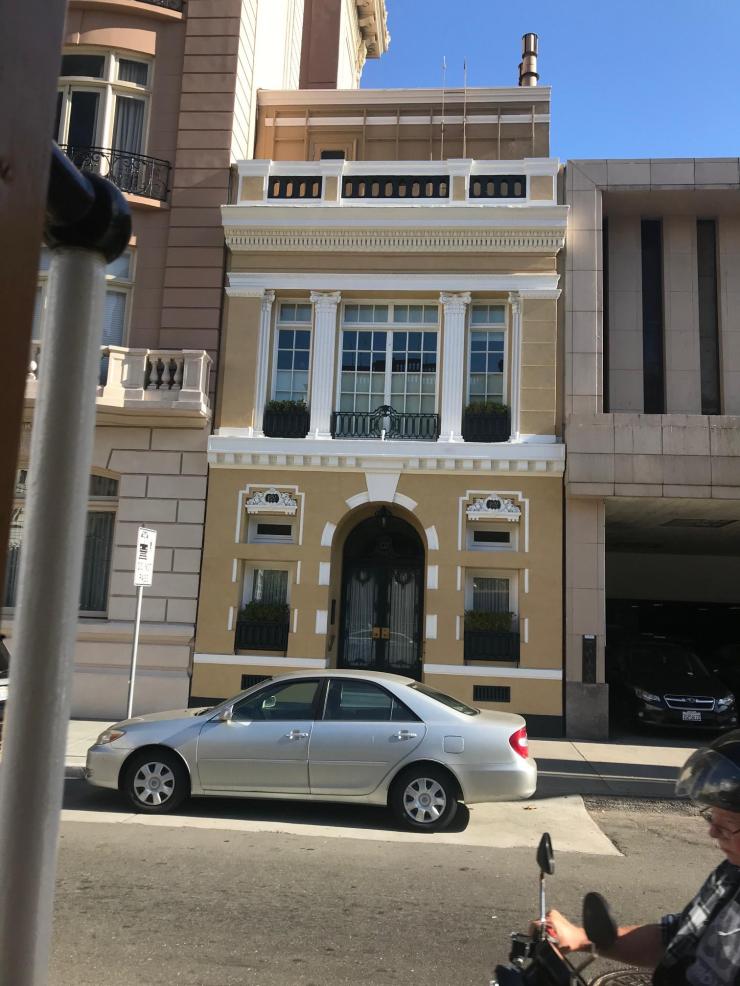
WHAT’S HE BUILDING IN THERE?
So now we get to the part where I’m going to tell you what I think the tunnel was for. While the legend is fun, and I’m sure lots of tour guides and party hosts will keep telling it, that’s fine. I’m just looking at the facts, and what the facts tell me, if I piece them together in a realistic fashion.
In one of the photos from the 1940 Examiner article (see below), the north end of the tunnel ends below the west wing of the PUC. This brings up an important detail, because this wing didn’t exist when Flood owned the building in the 19th century. The fact is, this wing–as well as the one on the Mason Street side–was added by architect Willis Polk during his major renovation/refurbishing of the building between 1908-11 (at the same time the Jewel Box was being built by Herbert Law–otherwise, at that time, after 1906, this part of the hill remained fairly desolate until the 1920s).
Whether this photo’s exact location of the north end of the tunnel is accurate, or the arrow was just put in that specific place for design purposes, it really doesn’t matter, as the wing in general ends up the major clue here: the tunnel was used to transport materials during Polk’s four-year renovation of the PUC. Given that the post-1906 Hamilton property had lain dormant like many of the blocks around it (and was still dormant in 1940), they most likely created a more usable pathway for supplies, underneath a major traffic artery and cable car line, another way in-and-out of the build site, etc. (as mentioned before, the lots south of California were way below the street to start with.) Take this from the Call in 1908 with regard to Polk’s planned renovation: “The basement will have a cafe and billiard room on the Sacramento street side. A squash court will be on the north of the billiard room and the wing on the Mason Street side will be a swimming pool. There will be two bedrooms adjoining, while a bowling alley will be in the center of the building. The rest of the [basement] will be devoted to the needs of the club, such as laundry, kitchen and storerooms.” [11] What easier way to get this stuff into the basement area of the PUC, as they’re building it? Not to mention the fact that, according to the Examiner, the tunnel ended just outside the wall of the PUC building, with no signs of it ever having connected with the finished wall.
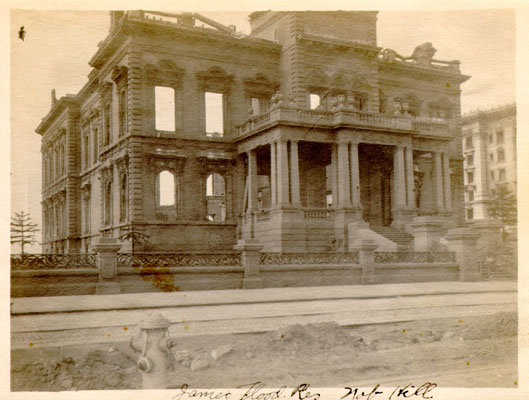
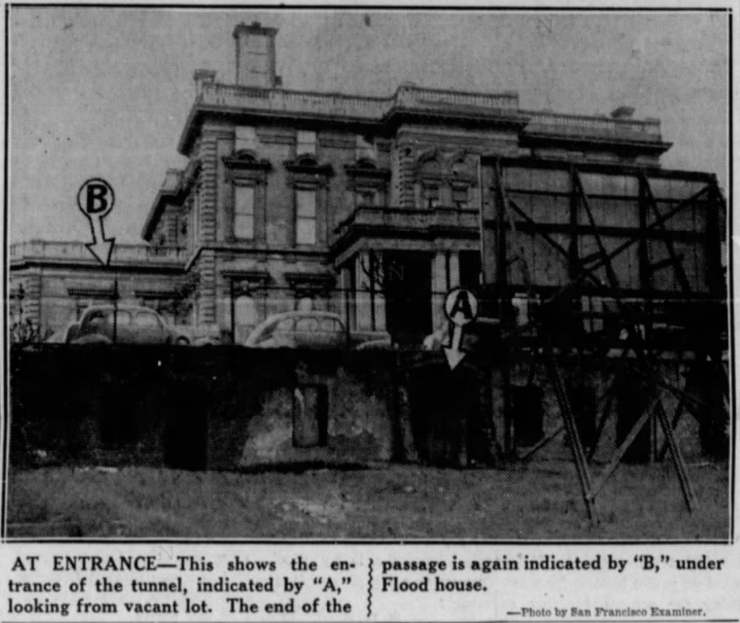
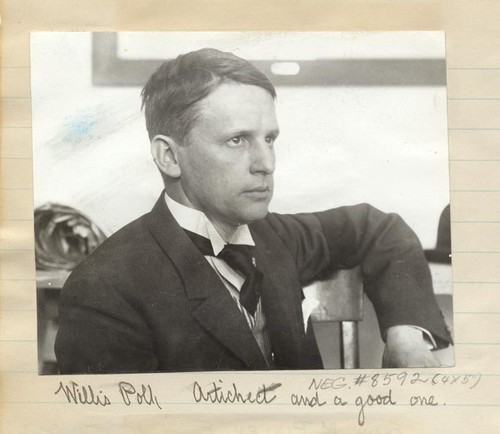
Lastly, a bit from Herb Caen in the Examiner, 1950:
“The razing of those blocks of old bldgs. in Chinatown is quite an eye-opener for us young (ha) fellers. For yrs., we’ve listened to the graybeards tell us harrowing tales of wild nights in old Chinatown, when bearded hatchet men dragged screaming maidens into secret tunnels and, etc., etc. So now that some of the old innards of Chinatown are exposed to public view, I’ve been peering into the pits for those tunnels. No tunnels. And so another hoary legend of Old S. F. goes pouf.” [12]
[1] S. F. Examiner, March 2, 1940, p. 15.
[2] S. F. Examiner, March 2, 1940, p. 11. This hotel was never built, as in 1942, instead of building at the site, Eugene N. Fritz purchased the Huntington apartments at the SE corner of California and Taylor streets, and turned it into a hotel. Years later, the Crocker Garage was built on the site.
[3] S. F. Examiner, March 2, 1940, p. 15.
[4] Ibid.
[5] Alexander Hamilton had inherited the home and business (Baker & Hamilton) when his father Robert M. Hamilton–who had come to California during the gold rush–passed away in 1893.
[6] Despite the fact that the homes on that side of California Street visable in Muybridge’s photos in the late-1870s are clearly way below street level.
[7] S. F. Examiner, March 2, 1940, p. 15.
[8] Ibid.
[9] Ibid.
[10] S. F. Examiner, Jan. 17, 1965, p. 160; The first tunnel referenced in this article, is of course, the tunnel found on Nob Hill in 1940 (because there weren’t ever really any other tunnels located, but it was still a fun story to dig up).
[11] S. F. Call, Oct. 3, 1908, p. 16, c. 2.
[12] S. F. Examiner, Apr. 14, 1950, p. 21, c. 1.

What a great and fascinating story! Thank you for sharing. Bring back the tour please 😉